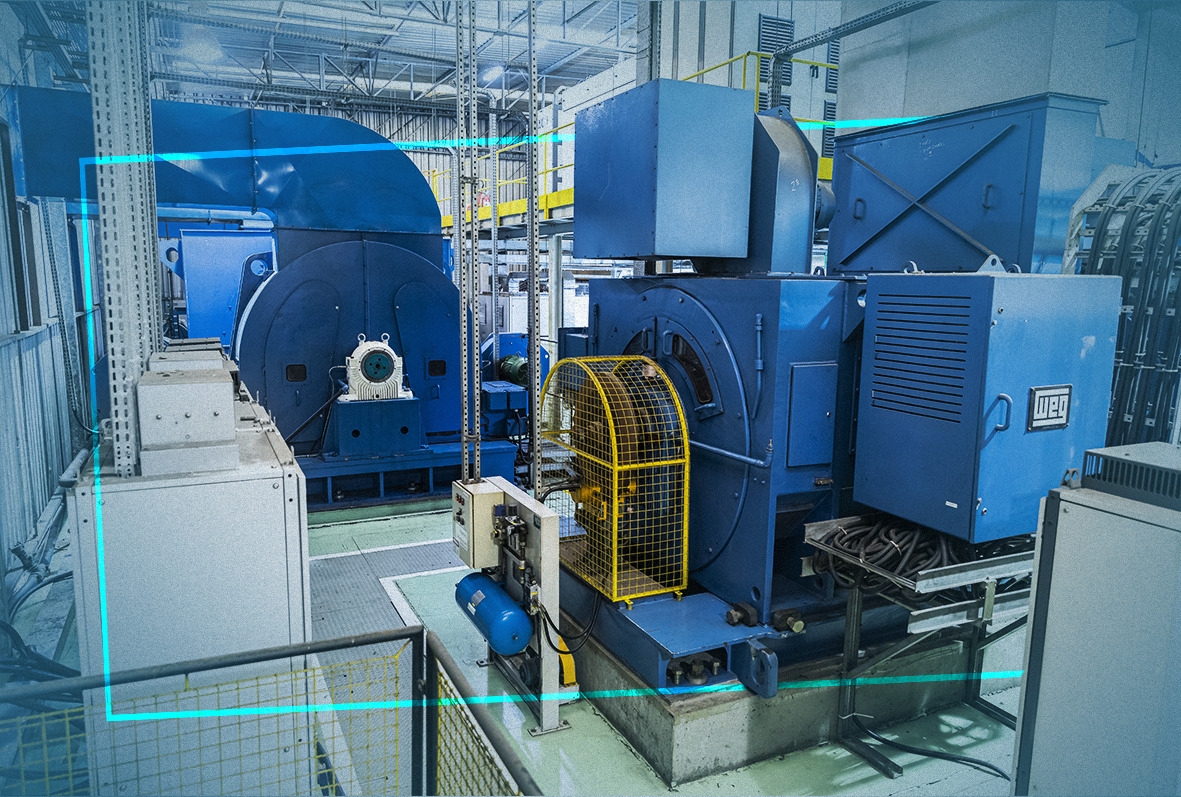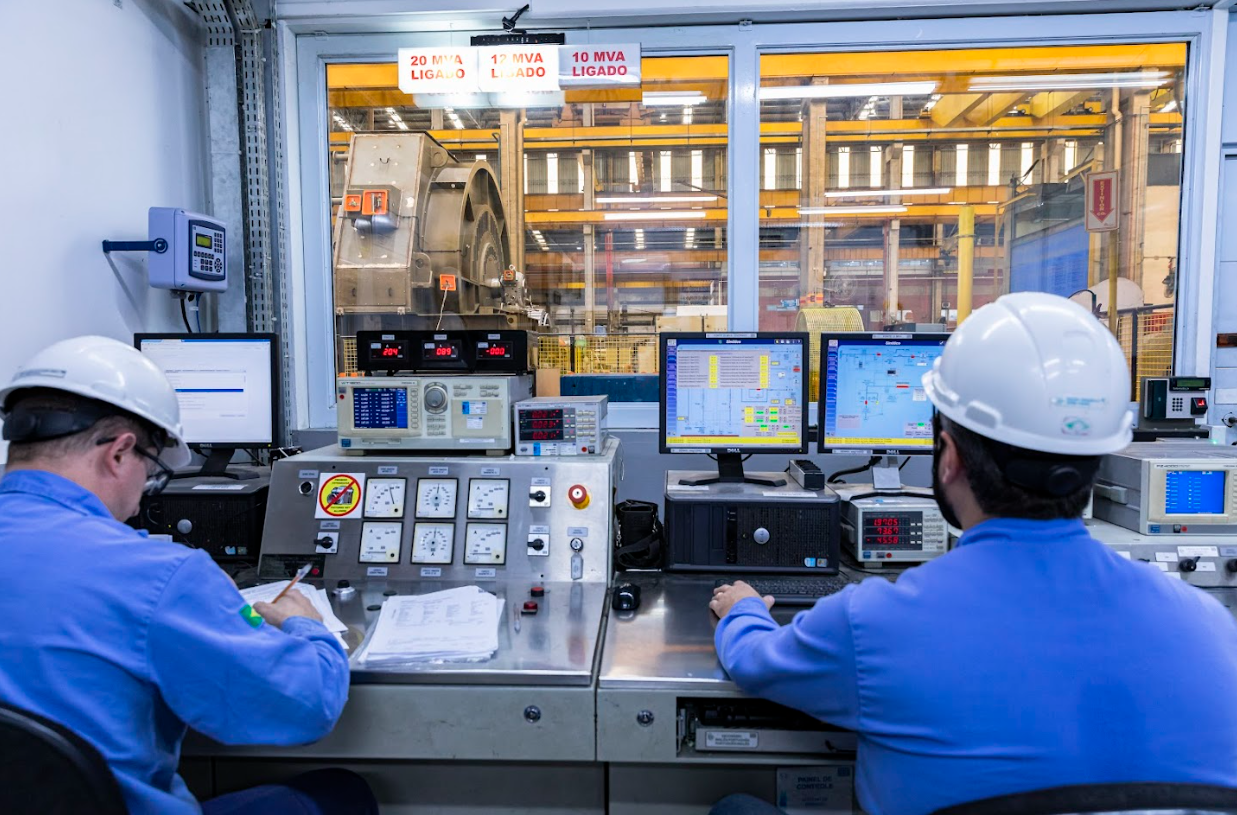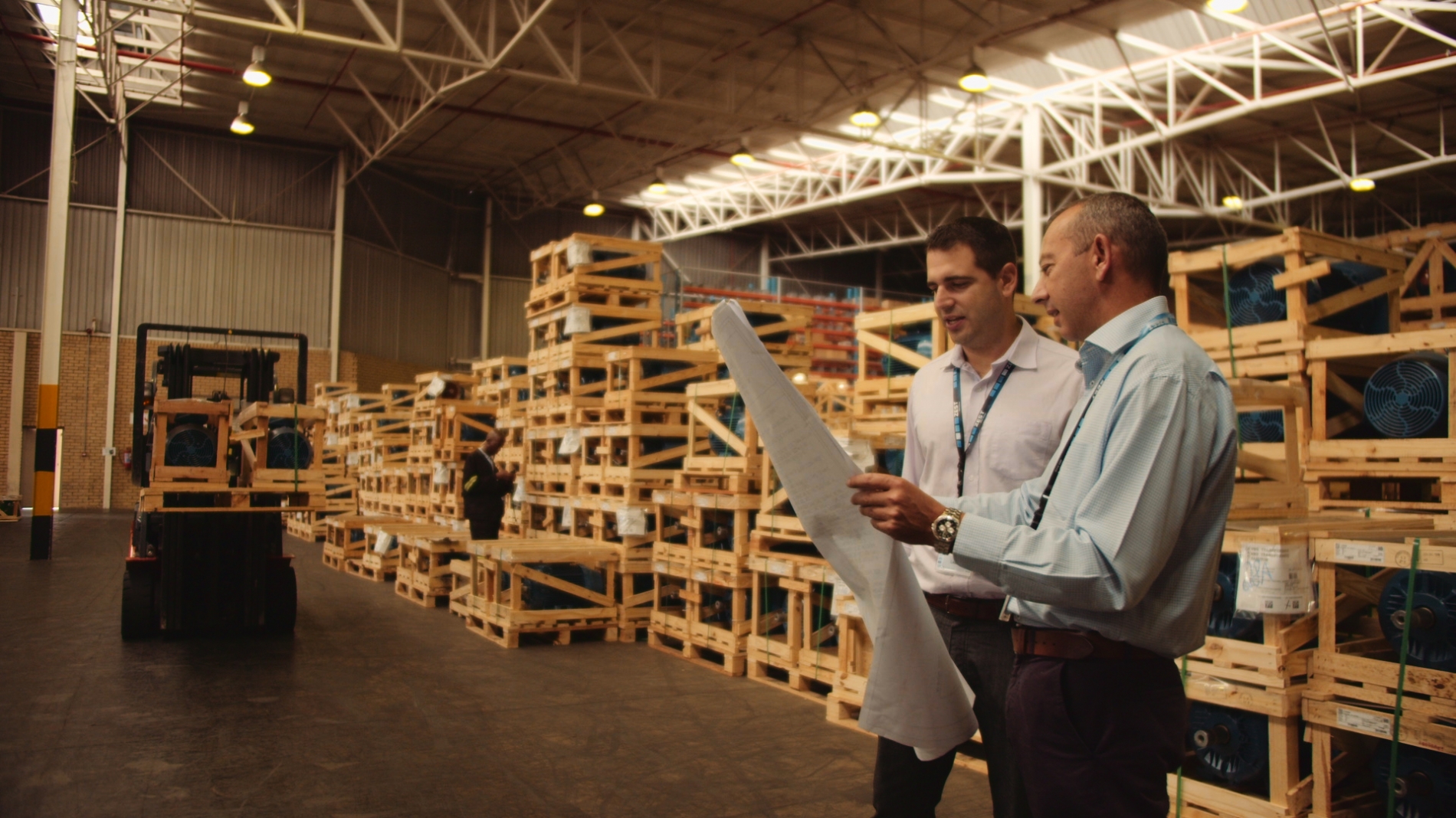
When it comes to selecting electric motors for industrial applications, environmental conditions such as altitude and ambient temperature are often underestimated. Yet these factors can dramatically affect motor performance, cooling efficiency and longevity. For distributors and resellers, understanding how these conditions impact motor ratings is essential to delivering solutions that work reliably—no matter the environment.
At VJ Pamensky (WEG Canada), we help our partners navigate these variables to ensure that each motor selection meets the real-world demands of its application.
Altitude impacts air density, which in turn affects a motor’s ability to dissipate heat. At elevations above 1,000 meters, the thinner air becomes less effective at cooling motor components. This reduced cooling efficiency leads to higher operating temperatures, which can degrade insulation, reduce service life and compromise motor performance.
Ambient temperature is another crucial factor. Most standard industrial motors are rated for operation at 40°C ambient temperature. In environments where the ambient temperature routinely exceeds this—such as in steel mills, mining sites or food processing plants—motors can overheat, even under normal load.
Sustained exposure to high temperatures can cause insulation breakdown, increase winding resistance and reduce overall motor efficiency. This is why proper derating or selection of high-temperature-rated motors becomes essential in hot environments.

Derating is the process of reducing a motor’s output rating to compensate for less-than-ideal environmental conditions. It’s typically required when:
Manufacturers often provide derating curves or correction factors. For example:
Correctly applying these derating factors ensures long-term reliability and safe operation.
To mitigate altitude and temperature effects:
Each site has unique conditions—making customization and environmental matching essential.
At VJ Pamensky, we work closely with distributors and resellers to ensure motors are not just sized correctly—but engineered for their operating environment. Whether your project is 2,000 meters above sea level or operating in 50°C conditions, we leverage WEG’s global engineering knowledge to help you match the right electric motor to your specific needs.
We also offer guidance on compliance, derating calculations and design optimization, making us a trusted partner for resellers who want to go beyond standard catalog specs.

Ignoring altitude and ambient temperature during motor selection can lead to underperforming systems, increased failures and dissatisfied customers. By understanding these critical factors and working with experts like VJ Pamensky, distributors and resellers can provide industrial clients with reliable, long-lasting electric motors designed for real-world conditions.
Explore our wide range of electric motors and drives tailored for Canadian industries or contact VJ Pamensky today to speak with an application specialist.